A comprehensive physical examination, including blood routine, liver and kidney function, blood glucose and lipid levels, is required before thread embedding for weight loss to ensure that the physical condition is suitable for thread embedding treatment. These examinations help assess health risks and avoid postoperative complications.
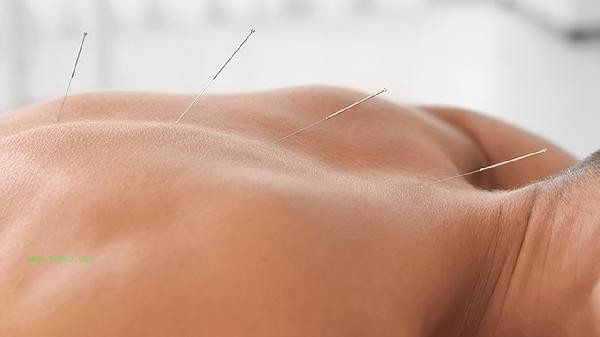
1. Blood routine examination
Blood routine examination is a basic examination item before thread embedding weight loss, which can evaluate indicators such as red blood cells, white blood cells, platelets, etc., and help determine whether there is infection, anemia, or other blood diseases. If the examination results show abnormalities, further treatment or adjustment of the weight loss plan may be necessary.
2. Liver and kidney function examination
Thread embedding for weight loss involves acupoint stimulation and metabolic regulation. Liver and kidney function examination can evaluate the metabolic capacity of the liver and kidneys, ensuring that the body can withstand treatment. Abnormal liver function may lead to drug metabolism disorders, while abnormal kidney function may affect the elimination of toxins from the body. When the examination results are abnormal, the treatment plan should be adjusted according to the doctor's advice.
3. Blood glucose and blood lipid examination
Blood glucose and blood lipid levels are important indicators for evaluating metabolic health. Catgut embedding may have an impact on blood sugar and lipids, especially in patients with diabetes or hyperlipidemia. When the examination results are abnormal, it is necessary to control blood sugar and blood lipids under the guidance of a doctor to avoid metabolic disorders after thread embedding.

4. Electrocardiogram examination
Electrocardiogram examination is used to evaluate cardiac function and exclude the risk of heart disease. During the process of thread embedding for weight loss, acupoint stimulation may have a certain impact on the heart, especially in individuals with a history of heart disease. When the electrocardiogram is abnormal, it is necessary to decide whether buried wire therapy is suitable according to the doctor's advice.
5. Abdominal ultrasound examination
Abdominal ultrasound examination can evaluate the health status of abdominal organs, such as the liver, gallbladder, pancreas, etc. Thread embedding for weight loss may have an impact on the digestive system, and abdominal ultrasound examination can help rule out potential disease risks. When the examination results are abnormal, further diagnosis or treatment is required.
6. Thyroid function examination
Thyroid function examination is used to evaluate thyroid hormone levels and exclude thyroid diseases. Abnormal thyroid function may affect metabolism, leading to poor weight loss results or discomfort after thread embedding. When the examination results are abnormal, targeted treatment should be carried out under the guidance of a doctor. A comprehensive examination before thread embedding for weight loss is a key step in ensuring the safety and effectiveness of treatment. Based on the examination results, doctors can develop personalized weight loss plans to reduce postoperative risks. It is recommended to choose a reputable medical institution for examination and treatment, follow the guidance of doctors, and ensure a scientific and healthy weight loss process.
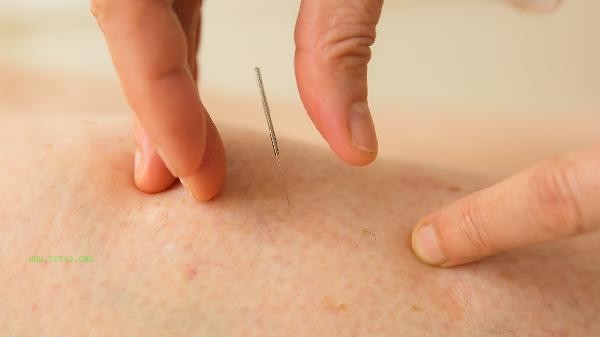

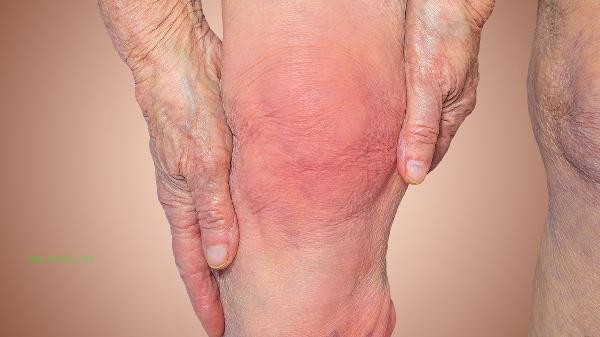
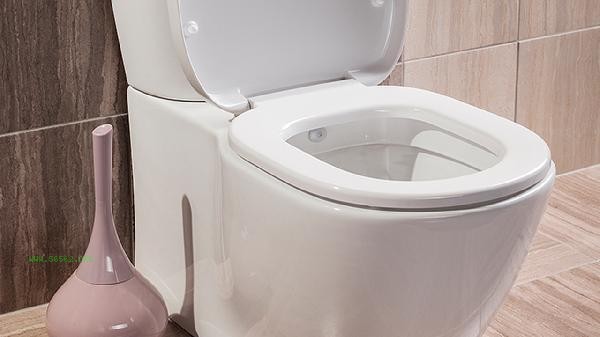
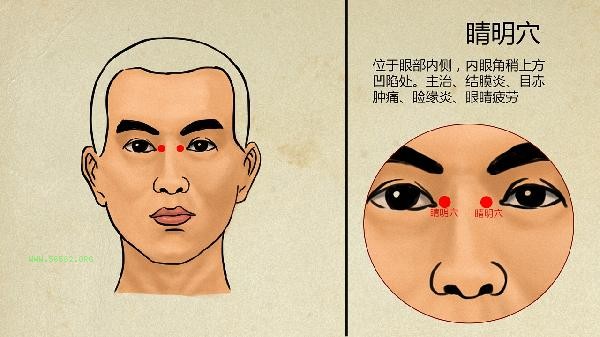

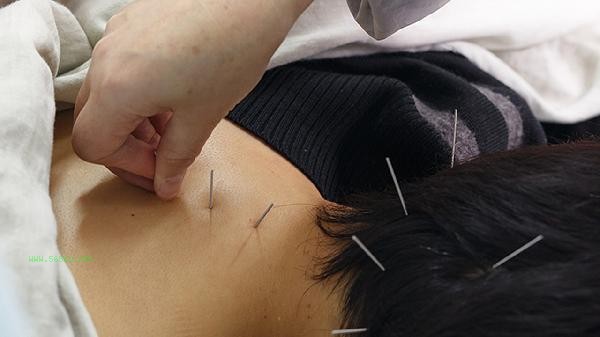


Comments (0)
Leave a Comment
No comments yet
Be the first to share your thoughts!